Motorcycle Investor mag
Future collectible: MV Agusta F4 750 (1999-on)
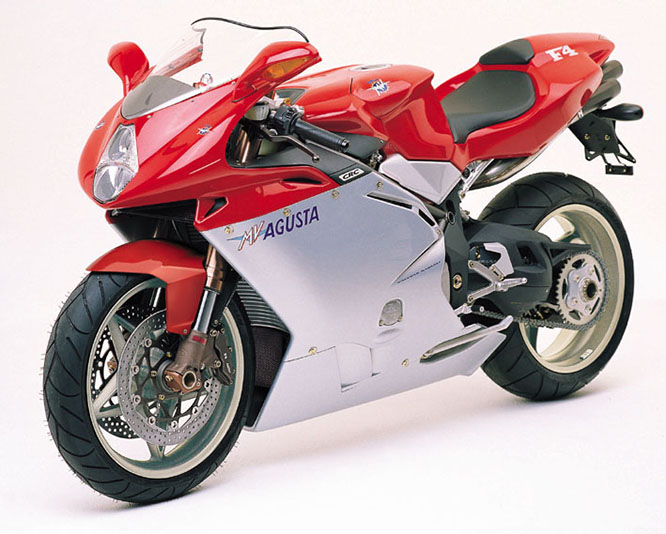
(by Guy 'Guido' Allen, November 2020)
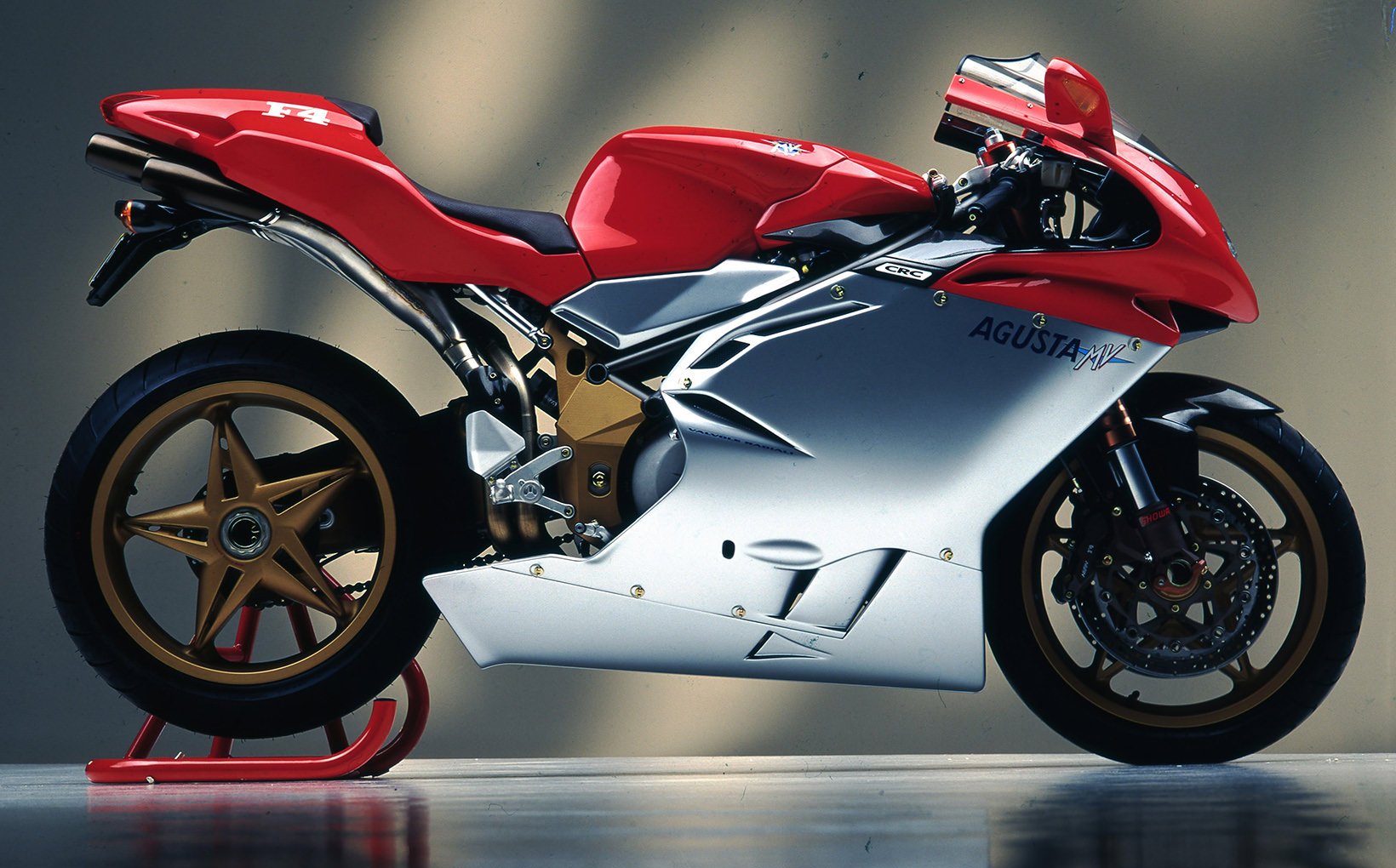
Ago revival
After a decades-long 'drought', the revival of the MV Agusta marque was big news – did they get it right?
While these days MV Agusta may be regarded as yet another brand at the exotic end of the motorcycle spectrum, it was a very different story in the late 1990s. That’s when we started to get glimpses of the 750 F4, the first bike the company had produced since production and racing shut down in 1980.
This was the marque with 63 world championships to its credit – a trophy cabinet built up in just 35 years - was most closely associated with the legendary Giacomo Agostini, and whose 750 America road bikes were now commanding record prices at auction. There was huge interest in its revival.
The story of this bike began in 1992 when Cagiva, then run by Claudio Castiglioni, bought the MV Agusta trademark. Three years later, the legendary designer Massimo Tamburini (who penned the Ducati 916) was sketching out the basics for a new MV, from his hospital bed. He was in for 20 days to have a stomach tumour removed.
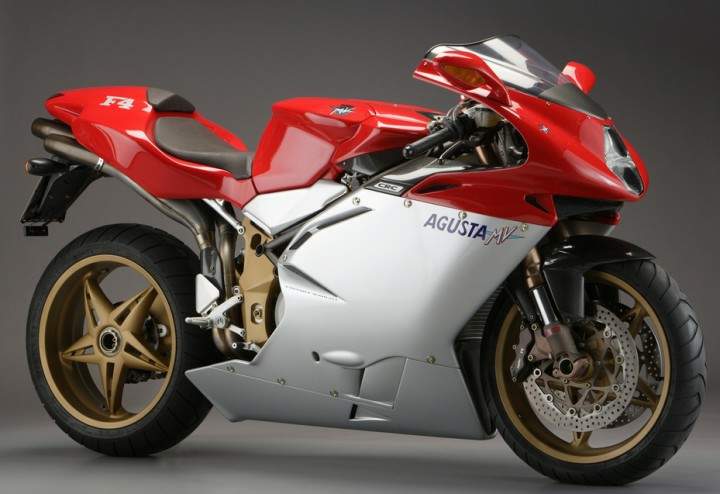
In September 1997, the first F4 was shown publicly, a Serie Oro (‘gold’ – above) of which 300 were made. Then, by 1998, we started to see a trickle of the F4S production version. Volume started arriving in 1999.
Tamburini, who ran Cagiva Research Centre, which developed the bike, was typically upbeat about what the company achieved: “I am certain that the F4, for all its technical content, for the technological choices adopted, for the general quality achieved and for its ‘personal’ design can be considered a vehicle par excellence.
“I also think that the statement ‘beauty is objective’, if applied to the F4, is a fertile ground for discussion!”
A lot of people agreed. Behind the 916, the F4 was described as one of the most beautiful motorcycles on the planet.
In any case, beauty wasn’t cheap. A Serie Oro, if you had been quick enough to get on the order list, would have set you back around Au$60,000. The production S was around $25,000 at a time when a FireBlade would have cost you more like $16,000.
What did you get for the money? In most respects, this was not a revolutionary motorcycle, but it was nicely crafted.
The red and silver livery made a deliberate connection with the race bikes of the company’s heyday.
“We wanted to keep the tradition of these two colours, but we wanted to express them from a more modern point of view,” said Tamburini.
“The purpose was to make a small bike, something like the 500cc world championship bikes.”
At the heart of the machine was a radial valve engine, the initial design for which had been done by Ferrari. Cagiva’s race department took that, adapted it from dry to wet sump and finished off the development for motorcycle use. Liquid cooled with four valves per cylinder and fuel injection, the powerplant claimed a respectable (if not earth-shattering) 126 horses. Weighing 191 kilos dry, the bike was low and narrow, but ran a reasonably substantial wheelbase at 1412mm.
It boasted a race-style cassette gearbox, though ambitions to get out on the track and relive the glory days with the series were never realised.
To give you an idea of where it stood against the competition, a Suzuki GSX-R750 of the day had eight more horses, was around 14 kilos lighter, 14mm shorter in the wheelbase, though substantially higher (40mm!) in the saddle.
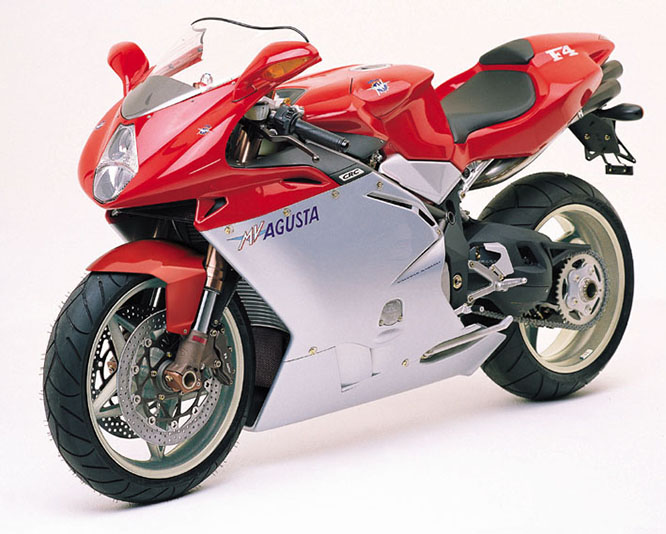
It’s likely the longish development time put the F4 at a disadvantage when you scanned the spec sheet, though whether or not it could hose a GSX-R750 probably wasn’t top of mind for the people who were serious about buying one. They were far more interested in the brand, the history and the people behind it.
Track reviews were sometimes mixed, but the one I give most credibility to is that of former GP star Kevin Magee who was there at the Queensland-based Australian launch. He loved its manners and particularly the steering. “It’s really good, with lots of feedback. You can play with the front end mid-corner,” he explained. Well, maybe he could, but the message was it was more than adequate for us mere mortals.
In reality, the F4 was a sharp sports ride on the road at launch and remains so today. It would never be mistaken for being luxurious and I was always a little baffled by the idea of making one (the 1+1 or Biposto) with a pillion seat. Share the misery, perhaps?
The GSX-R of the day would beat it around a track, though not by a lot, but the F4 remained a sexy and very satisfying ride. The howl from the four underseat exhausts is very distinctive, the steering is precise and the suspension stiff but capable. Braking is strong with good feel.
For an owner, the really compelling aspect is sitting down and looking at the detail. During the model’s launch, we pulled the fairing off an example, an exercise that revealed and highlighted all the little design details and ‘easter eggs’ that had been incorporated. It really is a beautiful piece of machinery.
Their reputation for reliability is mixed, but the legend seems to be worse than the reality. Owner groups report no serious mechanical issues with the powerplant. The injection can be a little snatchy at low revs but otherwise seems robust. The F4 can also tend towards hot running. The best fix appears to be an ECU modification which addresses the low end fuelling and brings in the fan earlier to tackle the heating issue. Some owners feel neither glitch is serious enough to bother with and I tend to agree. You can get too obsessive about these things. Fuel injectors can and will clog up if the bike is left sitting too long (months) and replacements are expensive.
Its most serious issue is rear hubs seizing, usually brought on by over-tightening the chain. Owners say there is an aftermarket improvement available. Overall, the view seems to be that an F4 rewards careful set-up and maintenance while generally proving to be reliable.
Steep retail pricing meant that the F4S did not sell in big volume. A number of variants were introduced over time, including the SPR and SR with a 146hp version of the engine.
Prices for an S are currently hovering in the $15-20k region and are unlikely to drop any further for a clean example.
The numerous 1000-class variants of the F4 platform have overshadowed the 750 and there’s no doubt the bigger machine is a more entertaining ride. However the earlier version is more significant for its role in the revival of the brand.
You’ll never see huge numbers on the market, and I rate them highly as a potential collectible. They’re sexy, fun, and have a great story behind them. Plus, along with the Ducati 916, rate as one of Tamburini's most beautiful designs. What more could you want?
***
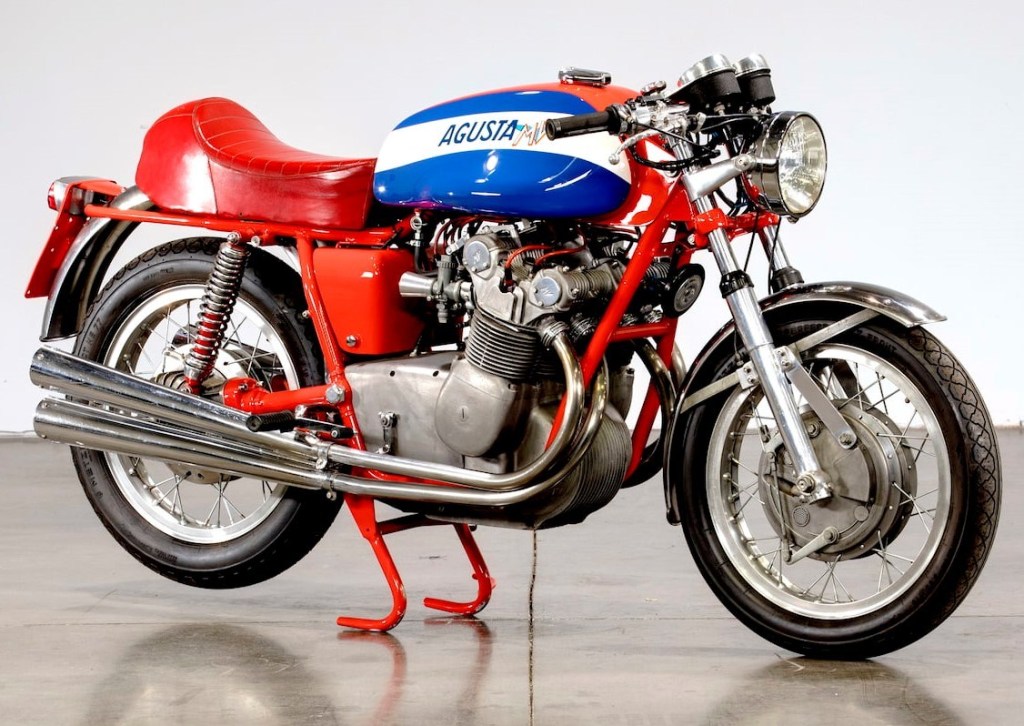
See the 1972 MV Agusta 750S road test from Classic Two Wheels
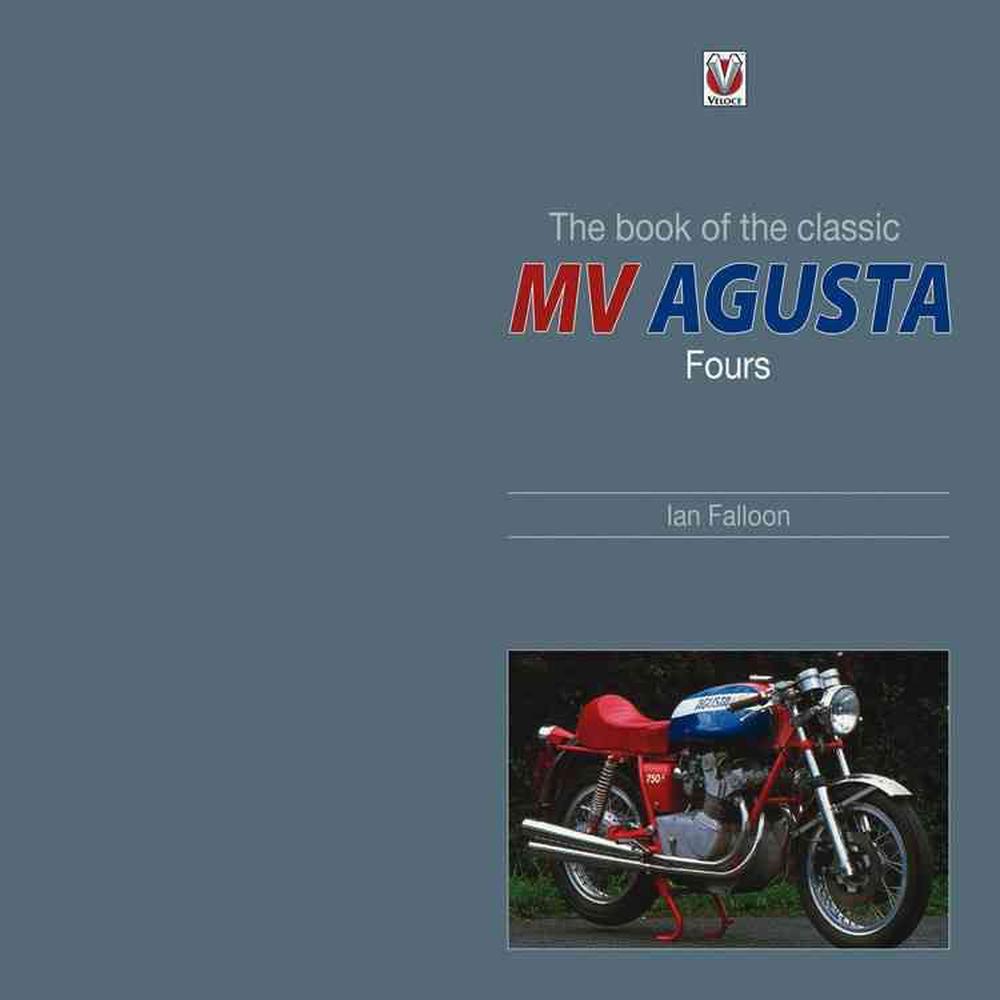
Read all about it
There are numerous books out there on MV Agusta, and there are a few worth getting.
The first is by Australian writer and noted classic expert Ian Fallon: The Book of the Classic MV Agusta Fours (above), published by Veloce in 2011.
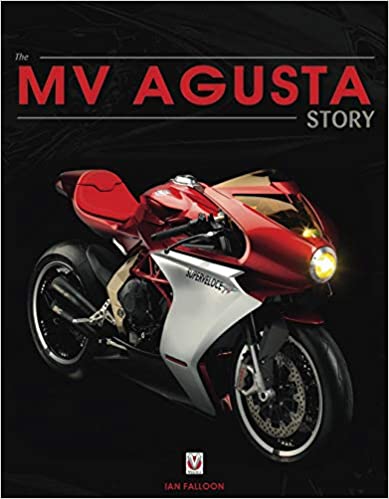
He has written another and more complete book on the marque (above), with a publishing date of 2021 (again by Veloce), called The MV Agusta Story.
Another is Moto MV Agusta by Mario Colombo and Roberto Patrignani (below).
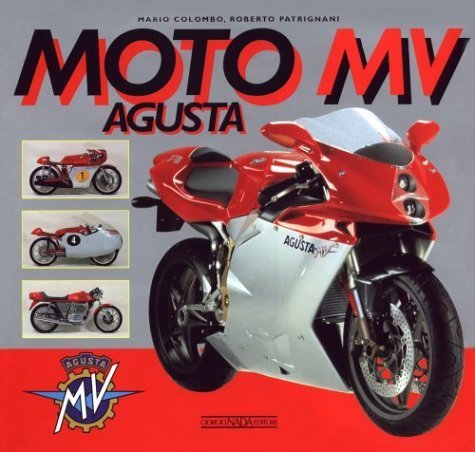
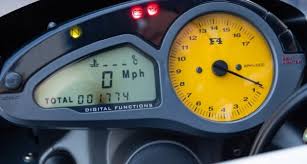
SPECS:
MV Agusta 750 F4 Strada, 1999
ENGINE:
TYPE: Liquid-cooled, four-valves-per-cylinder, inline four
CAPACITY: 749cc
BORE & STROKE: 73.8 x 43.8
COMPRESSION RATIO: 12:1
FUEL SYSTEM: Weber Marelli EFI with 46mm throttle bodies
TRANSMISSION:
TYPE: Six-speed, constant-mesh,
FINAL DRIVE: chain
CHASSIS & RUNNING GEAR:
FRAME TYPE: steel & alloy composite
FRONT SUSPENSION: 49mm inverted Showa forks, 112mm travel, full adjustment
REAR SUSPENSION: Sachs monoshock, 120mm travel, full adjustment
FRONT BRAKE: 2 x 310mm discs with 6-piston calipers
REAR BRAKE: 210mm disc with 4-piston caliper
DIMENSIONS & CAPACITIES:
DRY/WET WEIGHT: 202/218kg
SEAT HEIGHT: 790mm
WHEELBASE: 1412mm
FUEL CAPACITY: 22L
WHEELS & TYRES:
FRONT: 17-inch cast alloy, 120/65-ZR16
REAR: 17-inch cast alloy, 190/50-ZR17
PERFORMANCE:
POWER: 92kW (126hp) @12,500rpm
TORQUE: 72Nm @ 10,500rpm
TOP SPEED: 260km/h
STANDING QUARTER: 11.1sec, 205km/h
-------------------------------------------------
Produced by AllMoto 61 400 694 722
Privacy: we do not collect cookies or any other data.

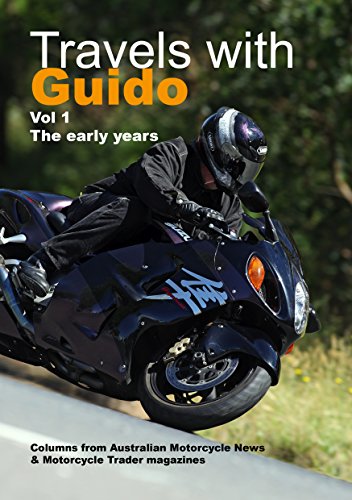
Archives
Contact


